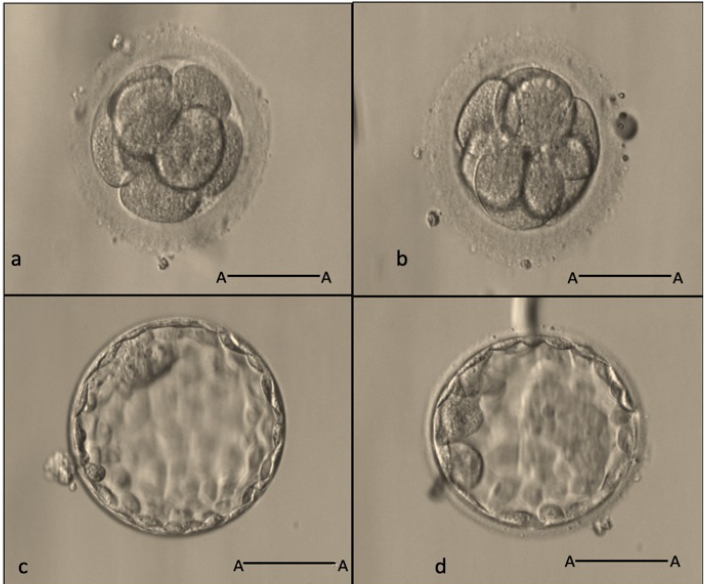Effectiveness of elective single versus double frozen embryo transfer in good prognosis IVF patients
DOI:
https://doi.org/10.15419/bmrat.v8i1.658Keywords:
double embryo transfer, eSET, live birth rate, multiple birth rate, single embryo transferAbstract
Objective: This study aimed to evaluate the effectiveness of elective single embryo transfer (eSET) versus double embryo transfer (DET) in frozen embryo transfer cycles following in vitro fertilization (IVF) treatment among good prognosis patients. The outcome was the provision of medical data focused on the multiple pregnancy rate reduction in IVF treatment.
Methods: This multicenter retrospective cohort study was performed in patients undergoing their first frozen embryo transfer (FET) cycle at IVF centers belonging to the IVFMD Group in Vietnam from January 2018 to May 2020. The patients were divided into four groups based on the number of embryos transferred as follows: Group 1: one good quality day-3 embryo (eSET D3), Group 2: one good quality day-5 embryo (eSET D5), Group 3: two good quality day-3 embryos (DET D3), and Group 4: two good quality day-5 embryos (DET D5). The primary outcome of the study was the determination of the live birth rate (LBR) after the first FET. The secondary outcomes were also analyzed, including the pregnancy outcomes (beta-hCG positive, clinical pregnancy, miscarriage < 12 weeks, ongoing pregnancy 12 weeks, miscarriage < 20 weeks, and multiple birth rates [MBR]) and neonatal outcomes (birth weight and gestational age at birth).
Results: There were 819 patients of which 819 FET cycles were analyzed, including 132 eSET D3, 278 eSET D5, 140 DET D3, and 269 DET D5. The values of LBR and MBR were significantly lower in the eSET D3 group than in the DET D3 group (LBR: 22.7% vs 39.3%, p = 0.002; MBR: 3.3% vs 29.1%, p < 0.001, respectively). MBR was also significantly lower in eSET D5 compared to DET D5 (9.6% vs 38.3%, p < 0.001), while LBR was comparable between the two groups (41.4% vs 42.8%, p < 0.74). Birth weight and gestational age at birth were similar between eSET and DET regardless of whether it was in reference to day-3 or day-5 embryo transfer.
Conclusions: Among the infertile good prognosis women undergoing FET, the eSET significantly decreased the multiple birth rate compared with double embryo transfer while still sustaining an acceptable rate of live births as well as pregnancy and neonatal outcomes.

Downloads
Published
Issue
Section
License
Copyright The Author(s) 2017. This article is published with open access by BioMedPress. This article is distributed under the terms of the Creative Commons Attribution License (CC-BY 4.0) which permits any use, distribution, and reproduction in any medium, provided the original author(s) and the source are credited.
